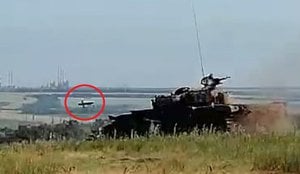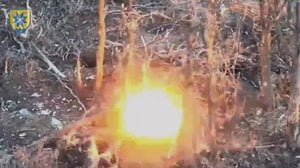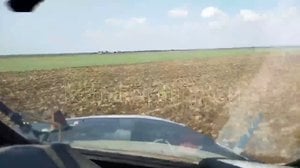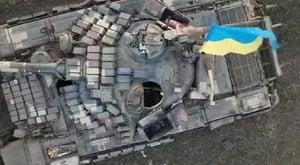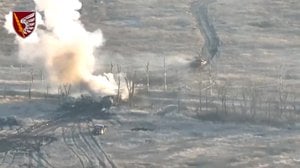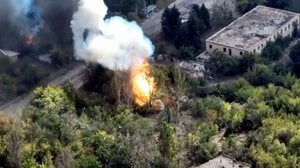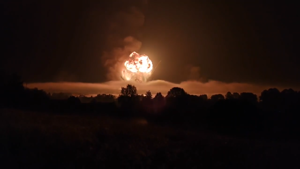
Amphibious Tank Swim Ops
Published 1 years ago
A tank rolls down an embankment and into the river. The tank may be Ukrainian, and there is reason to believe that the drone is Russian. Of the two vehicles in frame, the one to the left is travelling perpendicular to road, rolls down the embankment and splashes into the river. It appears that at least two crew escape the vehicle and make it to the surface.
Despite claims to the contrary, armored vehicles do not float very well. Some vehicles are intended to be amphibious, like the U.S. Marine Corps’ AAV-P7. Others, like the BMP or the LAV claim to have an amphibious capability, although significant preparation is required to conduct swim ops, and even if you do everything right it sometimes does not work out (we almost sank a vehicle in front of the commanding general). In World War II the Army experimented with DD-Tanks, Shermans fitted with canvas skirts and snorkels to allow them to swim and attempted to land them on the beach at Normandy. Most of them sank.
With little information regarding the location, unit, or circumstances surrounding this incident, I can only reflect on the difficulties of riding around buttoned up (hatches closed) in an armored vehicle. Drivers are usually required to remain buttoned up in order for the turret to travers and the gun to fire, and the gunner is usually glued to his sights, but the tank or vehicle commander has a few more choices. With a bunch of scary crap flying about, like shrapnel, sniper bullets, or drones, a commander might feel compelled to tuck down inside the turret and then close the hatch, but he loses a lot of situational awareness, and it can become difficult to provide adequate directions to the driver. This is one of the shortcomings of the newest tank designs that feature unmanned turrets. Even during the day drivers have a very limited view of the world, looking through narrow periscopes, with no view of the ground immediately around the tank. From this perspective, a ditch filled with long grass, or the tops of bushes and trees can look like solid ground, and if the vehicle commander is distracted or lacks situational awareness, the driver will take the vehicle straight into a ditch. Or a river.
About the Author
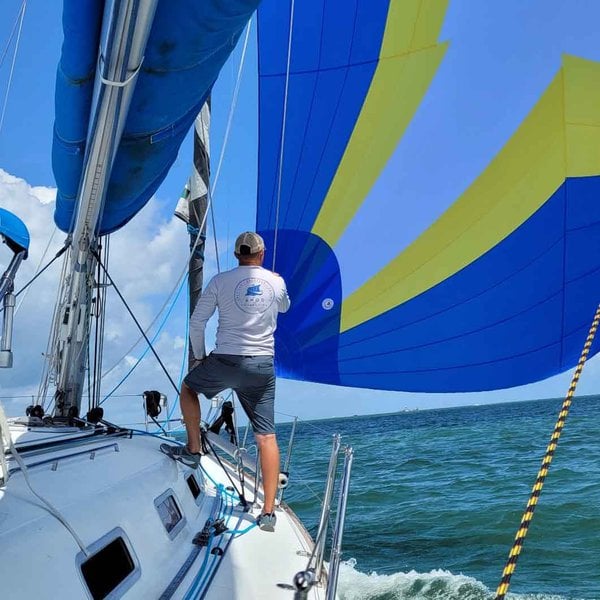
Cam
Cam served as an infantry officer in the Marine Corps, deploying to the Horn of Africa and participating in combat operations in Iraq. He currently works in the maritime industry and in the defense sector as an instructor of combined arms planning and operations. An avid sailor, Cam founded and directs a nonprofit that supports veterans and first responders through sailing.


